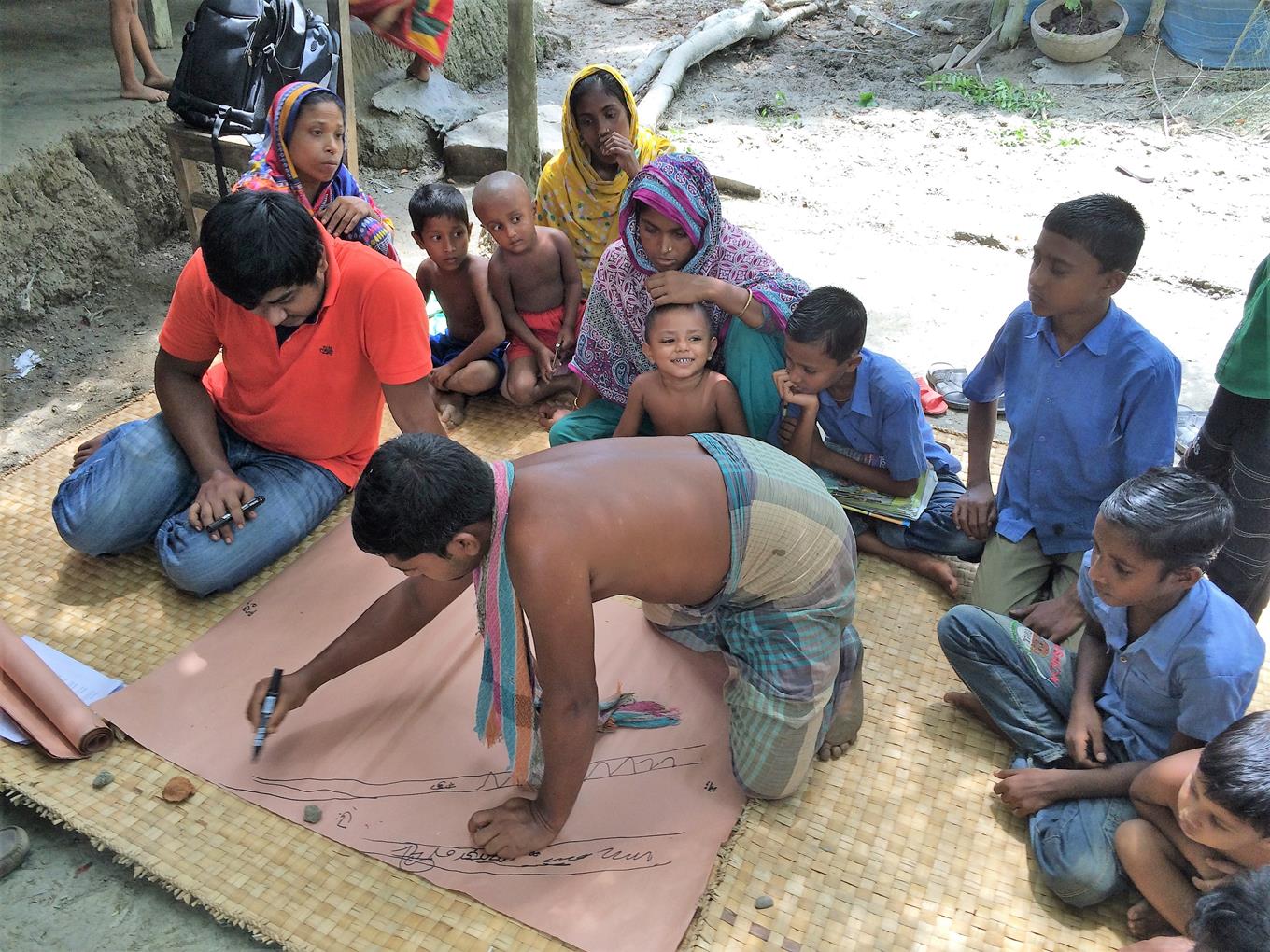Surveys
Method
Surveys are a data collection tool which primarily capture quantitative information using tailored questions or previously used and validated questionnaires. Surveys are made up of a structured series of questions that are answered by each participant involved in a study. They can be used to collected data on past drowning cases which can be used to calculate drowning mortality and morbidity rates, to investigate health and socioeconomic outcomes of drowning, or as a way to evaluate preferences for drowning reduction interventions. The length of a survey is determined by what type of information the researcher wants to know and the depth of information required.
The quality of a survey is reflected in its design and the inclusion of validated questionnaires. A validated questionnaire is one that has been shown to be dependable, returning similar answers when used among a large number of different people.
Before developing a survey, clearly define what information you wish to know. Is a survey is the best way to collect this information? Below are some steps which will help to design and deliver your survey:
What information do you wish to know?
- Can it be determined using a series of relatively short questions and/or scales?
What is the depth of information required?
- Superficial: use close-ended questions such as “How old are you?”
- In-depth: use open-ended questions such as “What is your opinion of?”
How many people do you wish to reach and what is your capacity?
- Population wide: can require many people to deliver the survey and data analysis may be time consuming.
- Single-site: can be delivered and analysed by a smaller team of researchers, but outcomes may only reflect participants from one area making survey outcomes ungeneralisable to the broader population.
Survey types
- Surveys can be delivered as questionnaires or interviews.
- They can be delivered by mail, over the telephone, be web-based or completed face to face.
- They can be cross-sectional (completed by participants at one point in time) or longitudinal (completed by participants at more than one point in time to measure change).
Sampling
- How many people do you want to survey?
- What kind of people do you want to survey? Is there a specific target population that you want to know about? It may be worth focusing on a population with a known high drowning rate, or a high exposure to risk factors associated with drowning
- What sampling technique will you use to capture these people?
Sampling types
- Random: participants are selected randomly or by chance.
- Purposive: participants are selected based on certain characteristics such as age.
- Stratified: participants are divided into separate groups or ‘strata’ based on their characteristics. A number of participants are then randomly selected from each ‘strata’ to represent the whole group.
- Systematic: participants are selected randomly by using a fixed starting point and regularly choosing participants to survey from a larger group over time.
- Convenience: participants are selected based on the ease of surveying them. An example could be surveying people who volunteer for your study.
- Quota: selecting participants by making sure you have enough from certain groups. An example would be making sure you selected 100 women within your total sample of 200.
Survey length
- How long will it take to survey each person?
- How long will it take to complete all surveys?
- Will this fit with your study deadlines?
Advantages
- Provides an objective measure.
- Efficient method for collecting large amounts of mainly quantitative data.
- Data collectors require a small amount of formal training to administer.
- Results are easily analysed.
- A number of validated questionnaires exist for a variety of topics, saving time when developing survey questions.
- Many free-to-access resources available, including drowning-specific surveys used for previous research studies which may be adaptable to suit different contexts.
Disadvantages
- May not be able to gather in-depth data.
- Participants may have issues with recalling events or experiences from the past.
- Participants can misinterpret, leave out or incorrectly answer questions.
Context
Surveys are suitable to perform in any area where you wish to gather large amounts of mainly superficial quantitative data in a relatively short period of time.
Case Studies:
Step 1
Assess the situation
